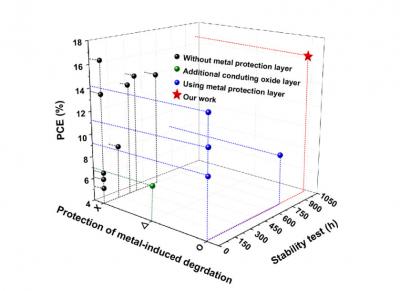EMC discloses plans for roll-to-roll printing of perovskite PV on glass
Energy Materials Corporation (EMC) has stated its plans for roll-to-roll printing of perovskite PV on glass.
The plan is backed by two partnerships, one with the Eastman Kodak Company for roll-to-roll printing and another with glass and ceramics company Corning, for flexible glass. EMC's funding includes a $4 million research grant from the Solar Energy Technologies Office of the U.S. Department of Energy.









